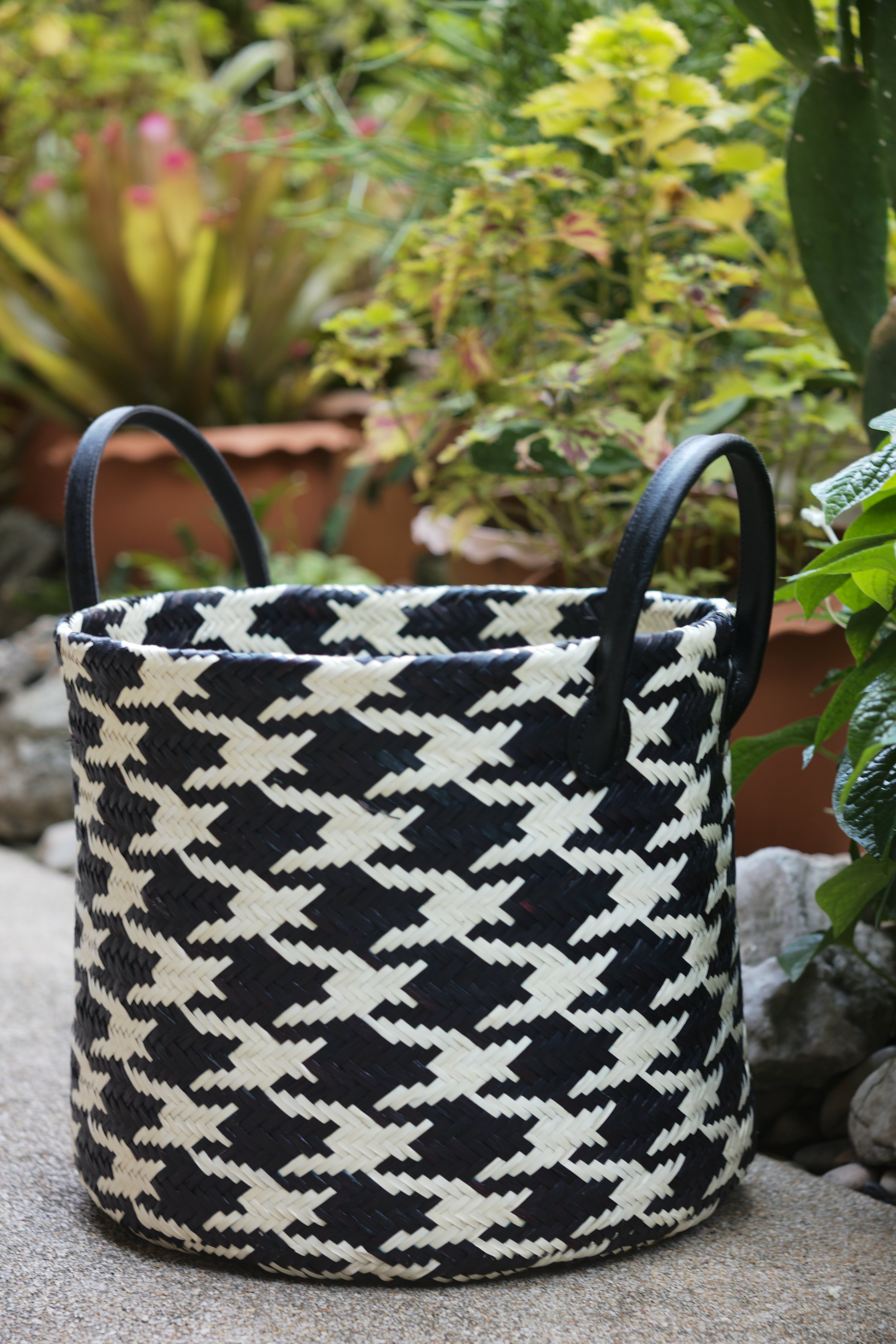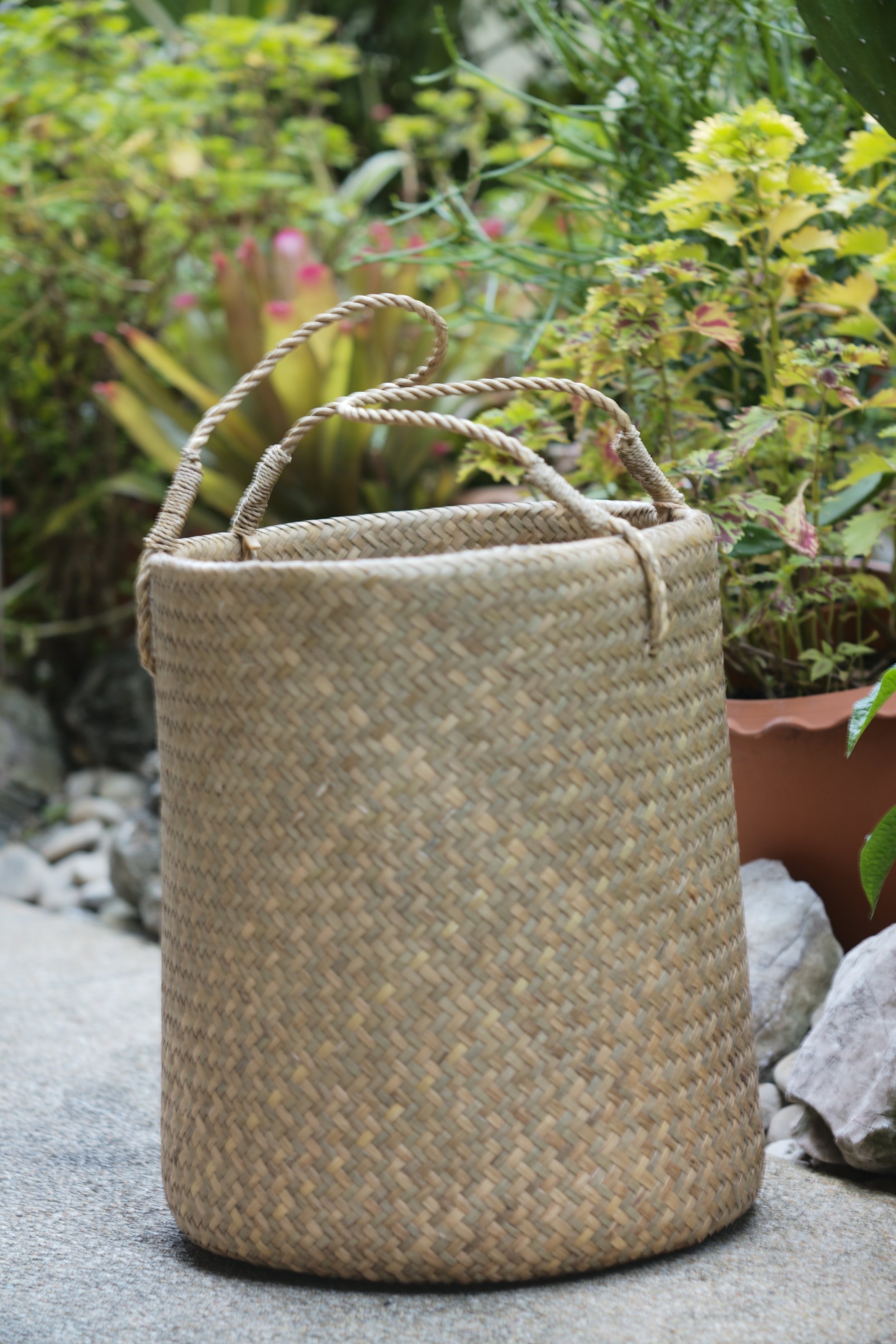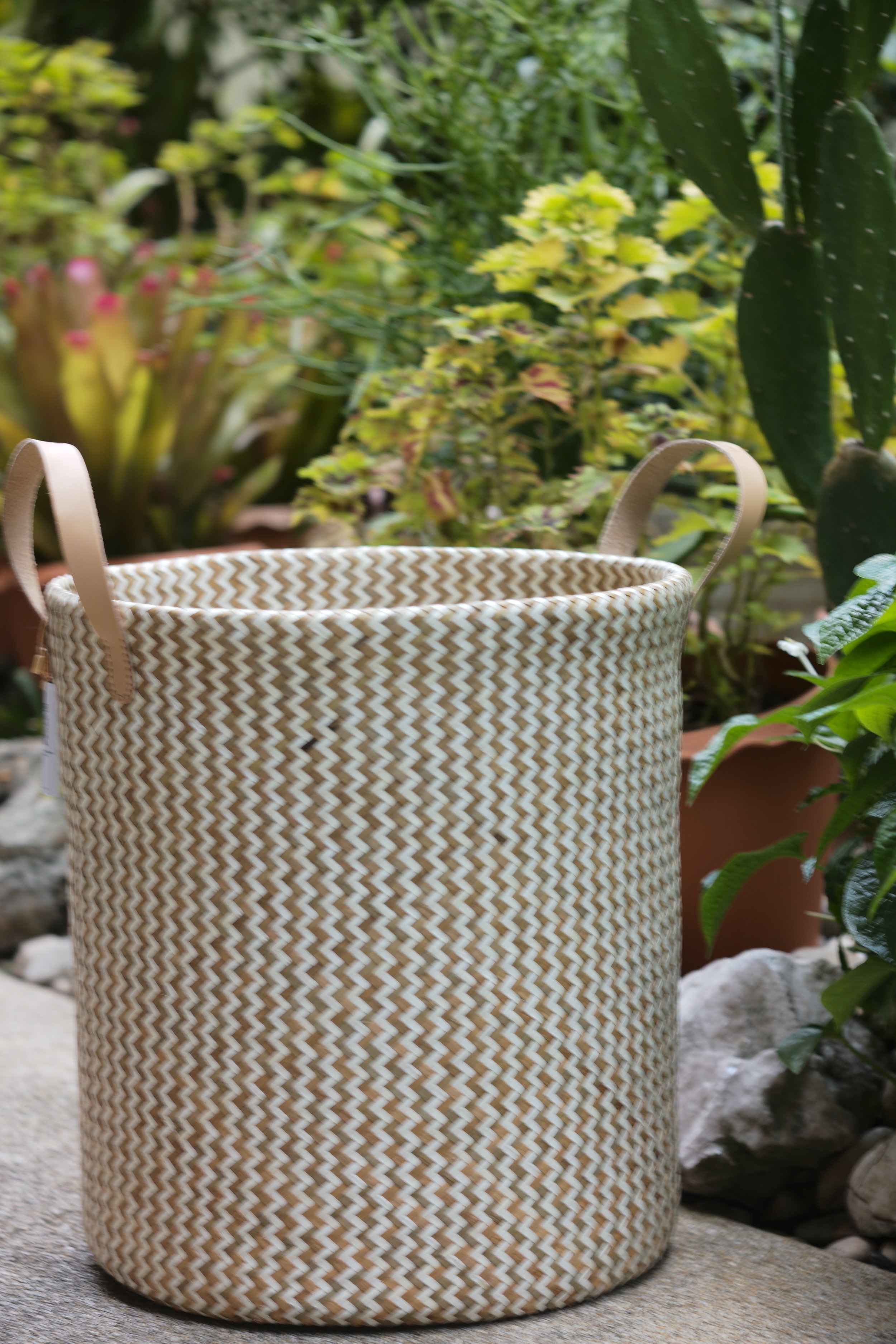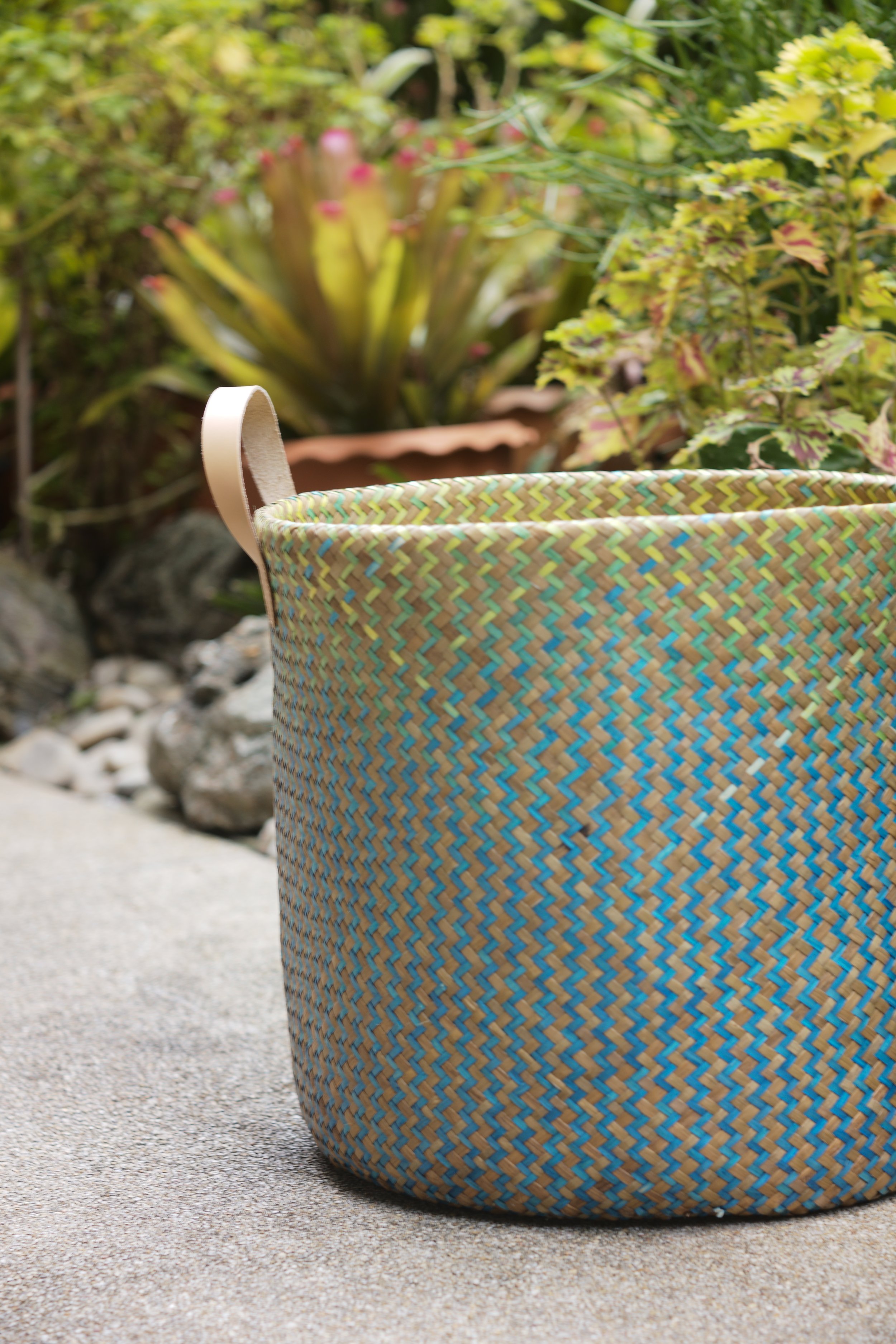The Intricate Craftsmanship of Thai Basket Weaving
Thai basket weaving can be traced back to ancient times when the country's communities relied on natural resources to craft functional items for daily life. Materials like bamboo, rattan, water hyacinth, and palm leaves were skillfully woven into baskets, mats, and containers that catered to various needs - from storing food and carrying belongings to serving as decorative pieces during religious ceremonies and social gatherings.
Thai basket weaving encompasses a variety of techniques, each showcasing the distinct characteristics of the chosen materials. Artisans skillfully manipulate strips of bamboo or rattan to create intricate patterns, often involving a combination of twining, coiling, and plaiting methods. The weaving process is meticulous and requires a keen eye for detail, as the patterns can range from simple and functional to highly elaborate and decorative.
Different regions in Thailand have developed their own unique styles of basket weaving, reflecting the diversity of the country's landscape and cultural practices. For example, in the north, bamboo is predominantly used to create sturdy and functional baskets. Water hyacinth is favored in the northeast for its flexibility and water-resistant properties. The artistry of Thai basket weaving has also become a means of passing down cultural stories and traditions, with specific patterns and motifs symbolizing blessings, good fortune, and protection.
Thai baskets continue to be an integral part of daily life in both rural and urban communities. Farmers use woven baskets for harvesting crops, while fishermen rely on them for storing their catch. In modern settings, Thai handwoven baskets are increasingly appreciated for their beauty and functionality, being used as storage solutions, decorative accents, and even fashionable accessories.
The tradition of Thai basket weaving faces challenges in the modern world, as machine-made alternatives and changing consumer preferences emerge. However, dedicated artisans and organizations are working tirelessly to preserve this ancient craft. By raising awareness about the significance and beauty of Thai basket weaving, supporting local artisans, and incorporating these handmade treasures into our lives, we can play a vital role in sustaining this unique tradition for generations to come.





